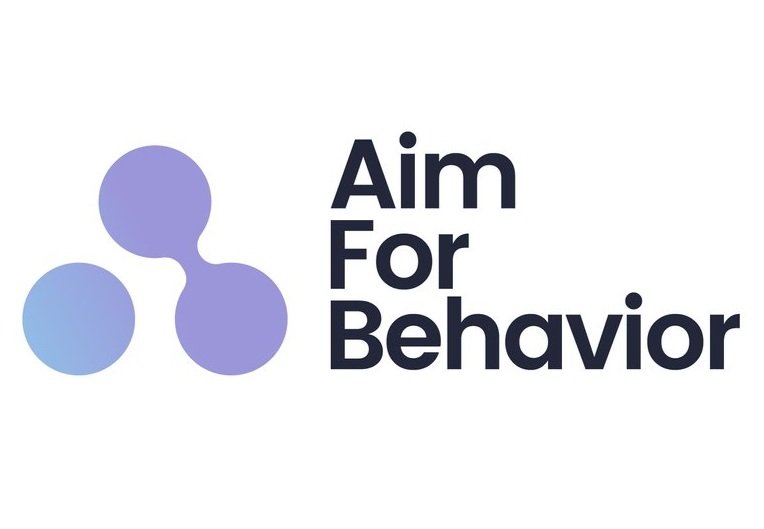What is the Behavior Change Intervention Ontology
image credit: https://www.researchgate.net/figure/Ontology-of-behavior-change-interventions64Note-The-diagram-represents-how-features_fig2_322723972
Developed by a group of behavioral scientists at UCL and other organizations and led by Susan Michie and her team.
"The ontology involves a combination of reviewing, refining, and extending existing relevant ontologies and taxonomies (such as the Behaviour Change Techniques Taxonomy (BCTTv1))"
To illustrate the BCIO in action, the team at the Human Behavior Change Project gives an example:
Suppose a doctor provides opportunistic brief advice on smoking cessation (content) lasting an average of 30 seconds (delivery) to adult smokers attending a routine primary care appointment for a health problem in the UK.
In that case, this is the intervention.
The target behavior is smoking cessation for at least six months
The mechanism is an increase in desire to stop smoking and confidence in quitting leading to a quit attempt.
80% of smokers attending an appointment receive the advice (Exposure), and 7% of the participants stopped smoking for at least six months. (Outcome)
The BCIO entities interact with each other, where the content and delivery of an intervention influence the target behavior through one or more mechanisms of action.
The context moderates the influence of the intervention on the mechanisms of action and the mechanisms of action on the behavior.
Exposure moderates the influence of the intervention on the mechanisms of action and is itself influenced by the intervention and context.
In summary, the BCIO structures knowledge about behavior change interventions and their evaluation, providing a framework for us to better understand how interventions work, in what contexts, and for whom.
These are other ways I can help you:
1 ) Get my Behavior Science and Design Courses: Learn to add that missing Behavioral Science layer to your products and services in an easy and practical way
2) Explore my services: I work on small projects or as part of your team
3) Frameworks: Get access to my free frameworks and tools
4) If you want to get Behavior Science and Innovation Tools join my Newsletter

